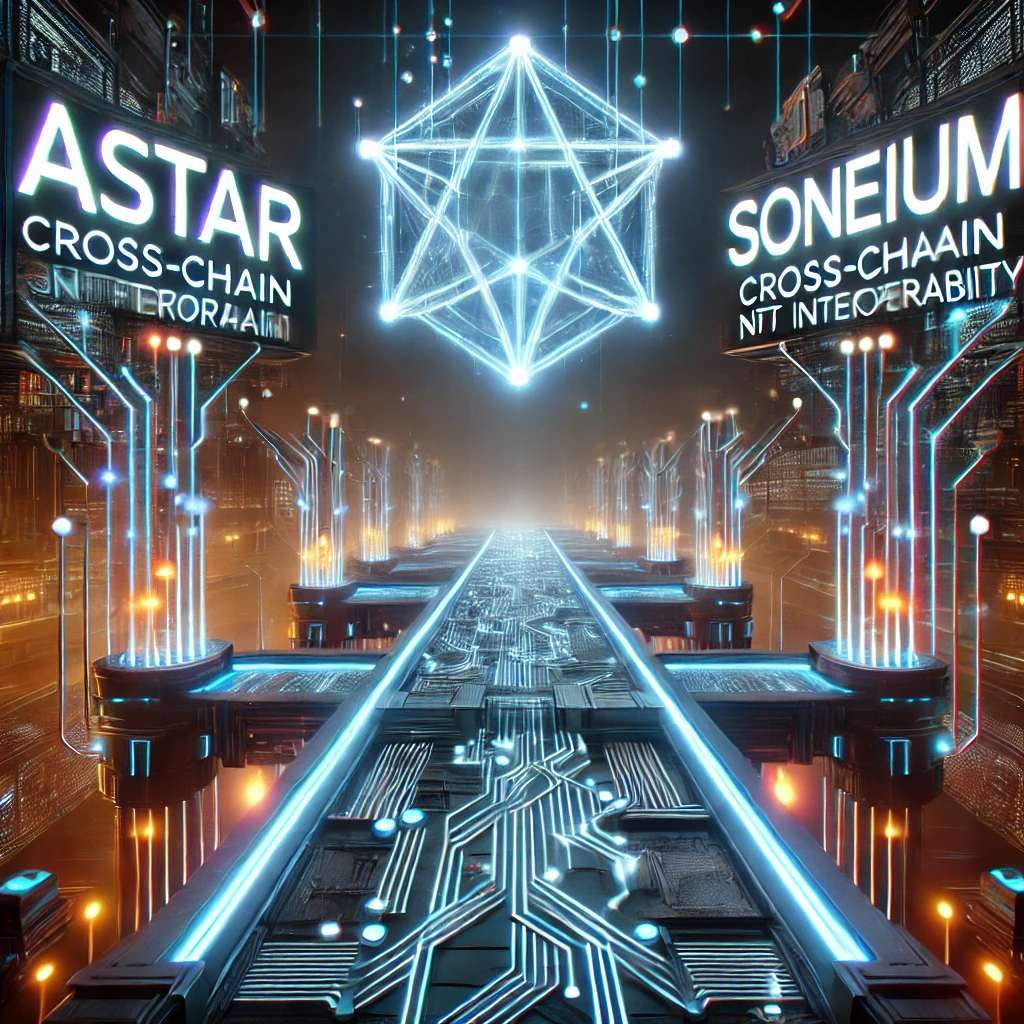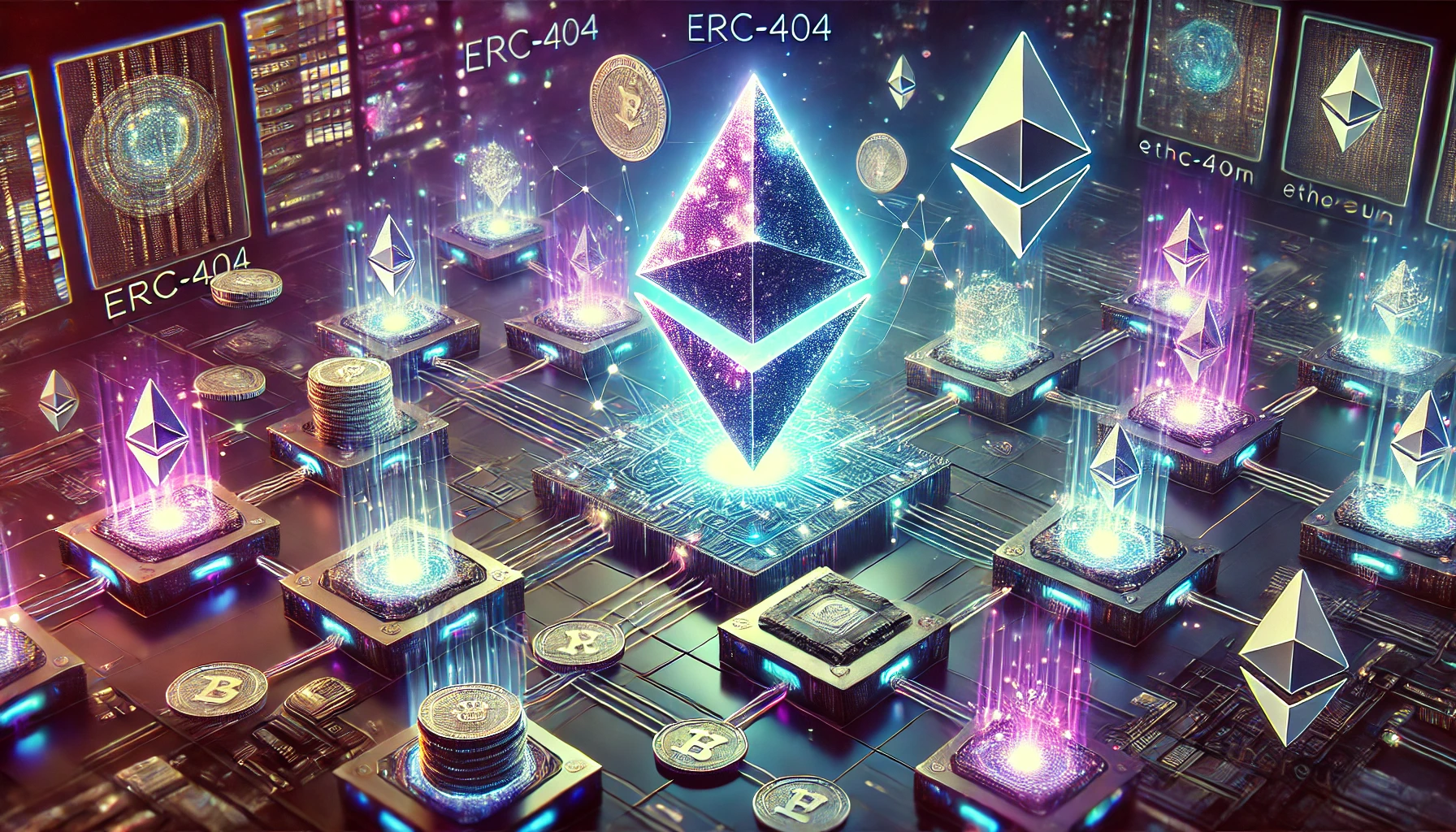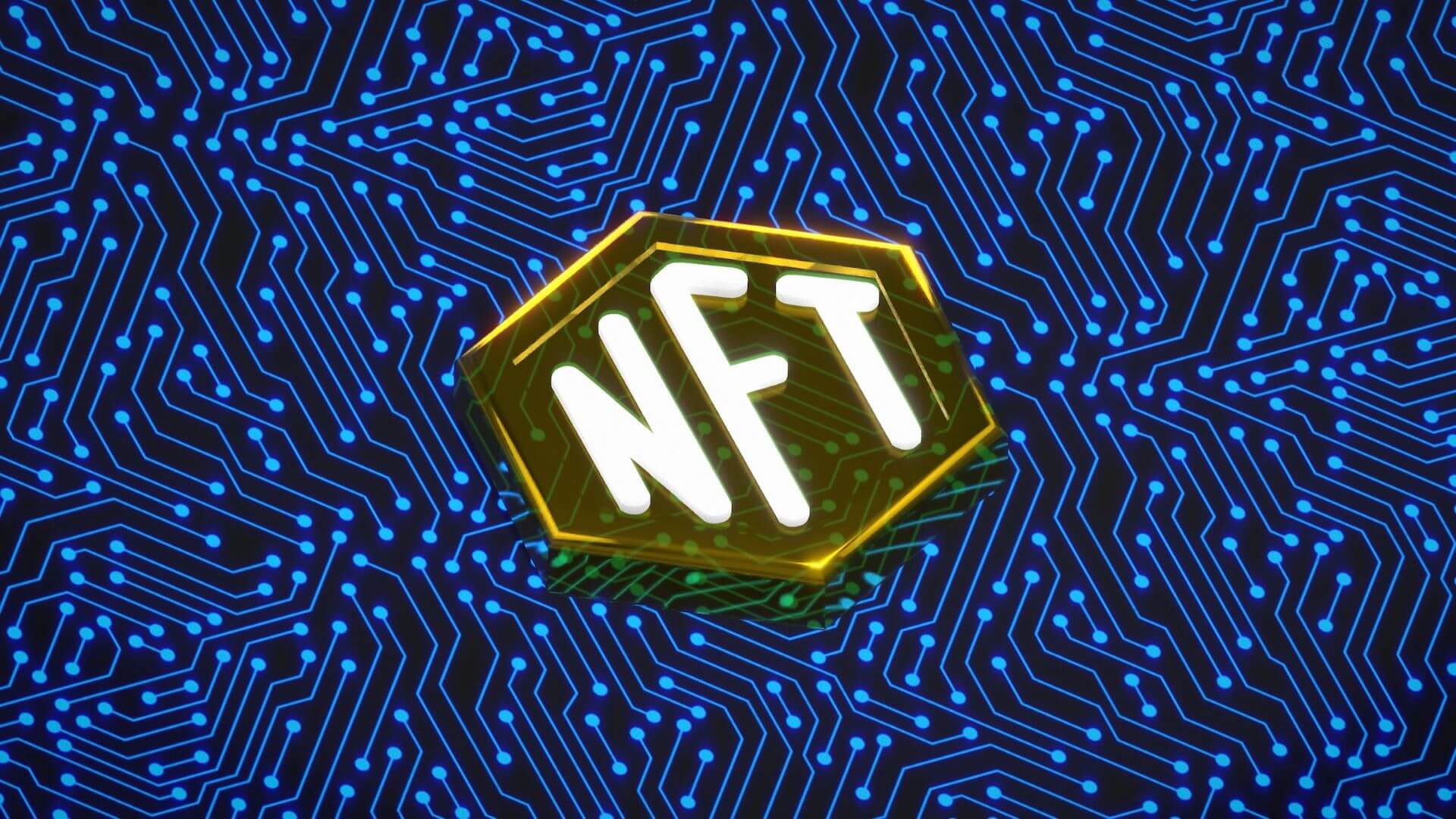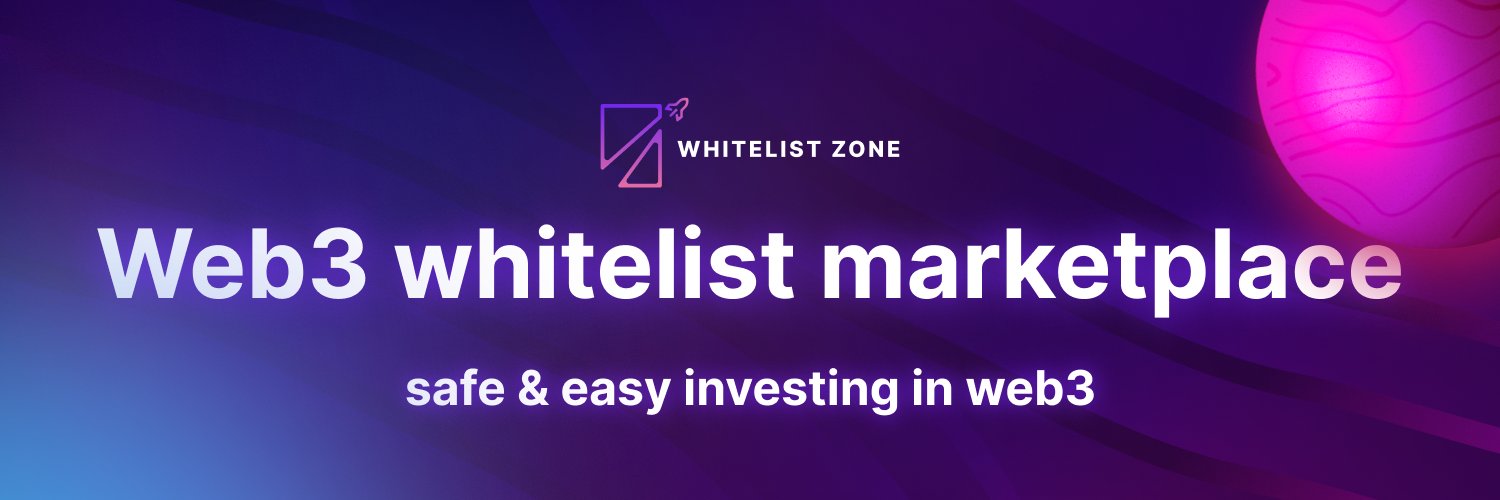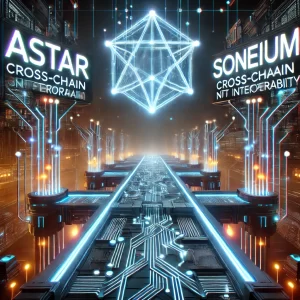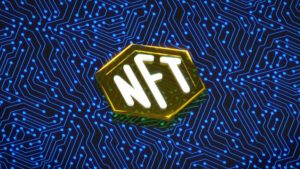In the world of NFTs, one of the most crucial innovations is the NFT bridge, which connects diverse blockchain ecosystems. At the heart of these bridges lie smart contracts, automated digital contracts that enforce and validate transactions without intermediaries. This blog post explores the role of smart contracts within NFT bridges, revealing how they ensure both seamless and safe transfers across blockchain networks.
Understanding Smart Contracts in Context
A smart contract is a self-executing contract wherein the terms of the agreement or conditions are written into lines of code. They’re stored and replicated on the blockchain, ensuring that they’re tamper-proof and transparent. In the context of NFT bridges, these smart contracts play pivotal roles:
- Verification: They validate the authenticity of the NFT being transferred.
- Locking and Releasing: When an NFT is sent across a bridge, it’s typically locked in the source blockchain and a representation is minted in the target blockchain. When it’s transferred back, the process is reversed.
- Fee Handling: Any fees associated with the transfer are managed and allocated by the smart contract.
Why Smart Contracts are Integral to NFT Bridges
- Automation and Efficiency: Smart contracts automatically execute when their conditions are met, ensuring rapid and efficient NFT transfers without manual interventions.
- Security: Since smart contracts are immutable once deployed, they offer a secure method for transferring NFTs. There’s a reduced risk of fraud, and participants can trust the transfer process.
- Transparency: All transactions facilitated by smart contracts are recorded on the blockchain, offering a transparent and verifiable record for all parties involved.
- Interoperability: Smart contracts can be designed to interact with multiple blockchain protocols, acting as the glue that binds diverse ecosystems together.
Challenges Posed by Smart Contracts in NFT Bridges
- Coding Flaws: The immutable nature of smart contracts is a double-edged sword. If there’s a flaw in the contract’s code, it can’t be altered after deployment, potentially leading to security vulnerabilities.
- Gas Fees: Every execution of a smart contract consumes computational resources, incurring a ‘gas fee’. With high network congestion, these fees can skyrocket, making transfers expensive.
- Complexity: Crafting a robust smart contract for NFT bridges can be complex, especially when ensuring compatibility with multiple blockchains or different NFT standards.
Best Practices for Implementing Smart Contracts in NFT Bridges
- Thorough Testing: Before deploying, smart contracts should be rigorously tested in various environments to uncover potential vulnerabilities or logic flaws.
- External Audits: Engaging third-party experts to audit the smart contract can help identify and rectify potential security threats.
- Modularity: Design contracts in a modular fashion, allowing for easier updates and enhancements in the future, without overhauling the entire system.
- Open-Source Approach: By making the smart contract’s code open-source, the developer community can collaborate to identify potential issues and contribute improvements.
- User Education: Ensure that end-users are educated about the workings of the bridge and any associated fees or conditions. This will reduce the risk of misunderstandings and disputes.
The Road Ahead: Smart Contracts and Evolving NFT Bridges
As NFTs continue to inflitrate various sectors — from art and music to real estate and gaming — the demand for NFT bridges will grow exponentially. Smart contracts will inevitably evolve in tandem, with emerging technologies like zero-knowledge proofs and layer-2 scaling solutions offering enhanced security and efficiency.
Conclusion
In the cross-chain odyssey of NFTs, smart contracts are the unsung heroes, silently ensuring that each transfer is secure, verifiable, and efficient. As developers and the broader crypto community continue to innovate, these digital contracts will only grow in significance, propelling NFTs to even greater heights in the interconnected blockchain universe.

